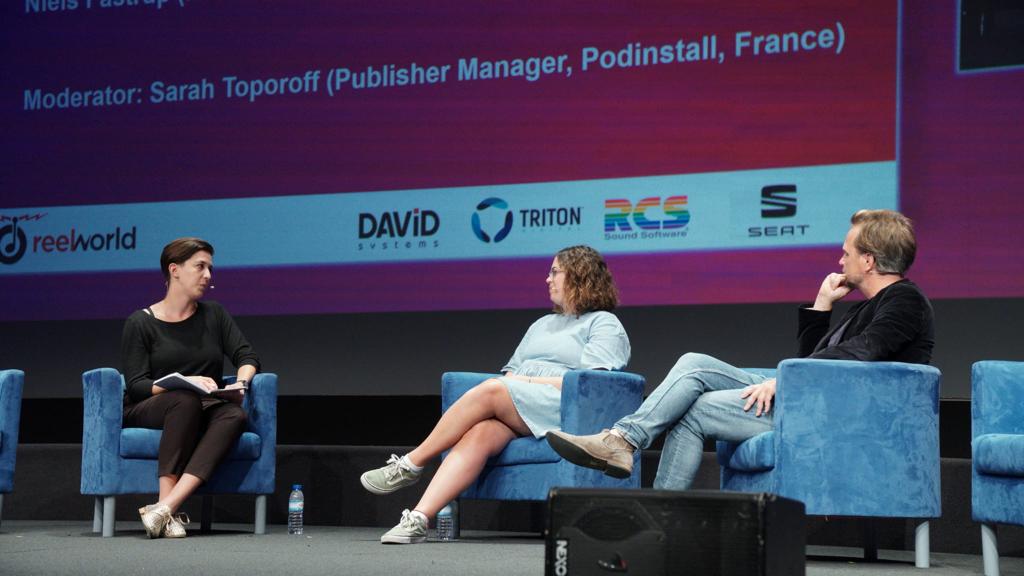Investigative journalism has the goal of “getting people to talk”. That’s how Niels Fastrup looks at his work. He is an investigative journalist at DR, the Danish TV and radio public broadcaster. The host of “Bed of Lies” Cara McGoogan, from the UK’s The Telegraph, agreed and said these investigations increase awareness about situations and events.
In May, Niels showed how the Defense Intelligence Service let the United States spy on Angela Merkel and French, Norwegian and Swedish top politicians through Danish internet cables. He dedicated a whole year to this investigation, for which he felt “highly privileged”.
Cara worked on exposing undercover practices of UK police. Allegedly they infiltrated activist groups, be they dangerous or not, often entering into relationships with women. The British journalist chose a podcast as the format to show her investigation. The goal was to give voice to the stories of women, so they can have more impact on the audience.
One of the challenges to both journalists has been gaining the source’s trust. For Niels, it was a little bit harder: he had to speak other languages and mask his intentions in coded messages. “You have to listen very carefully and don’t apply pressure” and that is not easy: “There is no formula” to knowing when to stop pushing. “You just have to know”, he said. Additionally “you have to make sure that people are comfortable”.
These investigations have an impact (and a cost). It starts a social conversation about what happened. “This was the most successful podcast but also the most expensive”, explained Cara. Niels thinks “it’s something that commercial services would never do”. It’s important “to find the right people”.
Written by Artyom Laptev, Francisco Sezinando and Gonçalo Martins



